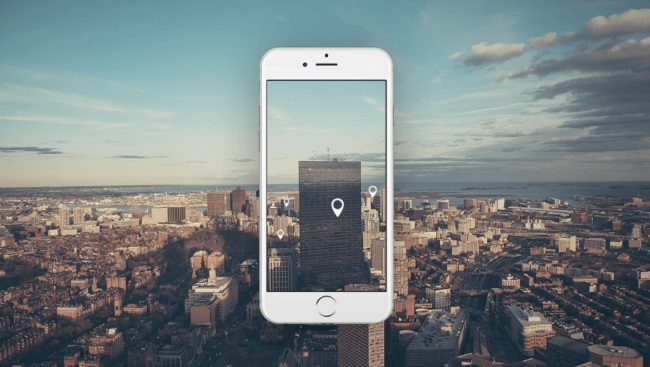Almost every other app that we use today works as a location-based app be it a social networking app, instant messaging app, or online shopping. A GPS navigation app helps you in sending your location to other users, or to brands in case of online shopping. But all this assistance has a cost involved.
These location-based apps can track and share your location, even more than you are actually aware of. The location-based technology has several different application uses.
- It can be used for navigation.
- It can be used for search and navigation.
- The technology is useful in tracking.
- The technology is a major part of games and augmented reality.
- It is also a part of infotainment systems.
Location-based services are a result of three different techs: global positioning, graphic interfaces, and mobile internet access. The overall number of location-based services users have gradually increased in the past few years. The usage and dependency on smartphones have increased a lot, thanks to the sophistication and versatility of smartphones. Smartphones are increasingly being used for online music service, video call, getting direction and navigation, watching movies or TV.

Examples of Location-Based Services Apps
1. Pokémon Go
One of the biggest and widely popular examples of location-based service app is Pokémon Go. It was a craze that still remains to be the biggest mobile gaming hit. This was because of the combination of collecting creatures based on locations with the help of augmented reality technology.
With this game, players would explore their surrounding on foot to catch the next Pokémon creature using a map and a viewfinder. The user can also get control over a location-based gym by fighting off other users. The places in the app are actual real-world locations that you need to visit. This encourages people to travel on foot and explore their surroundings. Pokémon Go is available on both Android and iOS for free. It comes with in-app purchases.
2. Target
In order to not allow an external source to control their services, Target incorporated LBS to their already existing app. Target has a “Drive Up” option which allows a user to choose the things he needs and can later pick it up at the store curb instead of going inside the store. You receive a notification once your order is ready.
The technology here will track your location in the parking spot. At that particular location, a target employee will be waiting for you with your order. The aim of this function is to provide a speedy shopping experience with less impulse buying.The Target app is free for Android and iOS.
3. Uber
Uber is one of the most popular choices for transportation. Uber provides a user-friendly experience with the help of LBS technology. Uber provides a two-way LBS technology where the driver will know where to pick up the user from and the user can see where exactly the driver is. Uber is also available on both Android and iOS for free.
Conclusion
Location-based services have become a large part of our mobile lives, but even though so many brands and businesses are making use of LBS, privacy still remains a concern for the users. App developers are constantly working on integrating the LBS technology with their apps better.
Biggest Examples of Location-Based Services,




